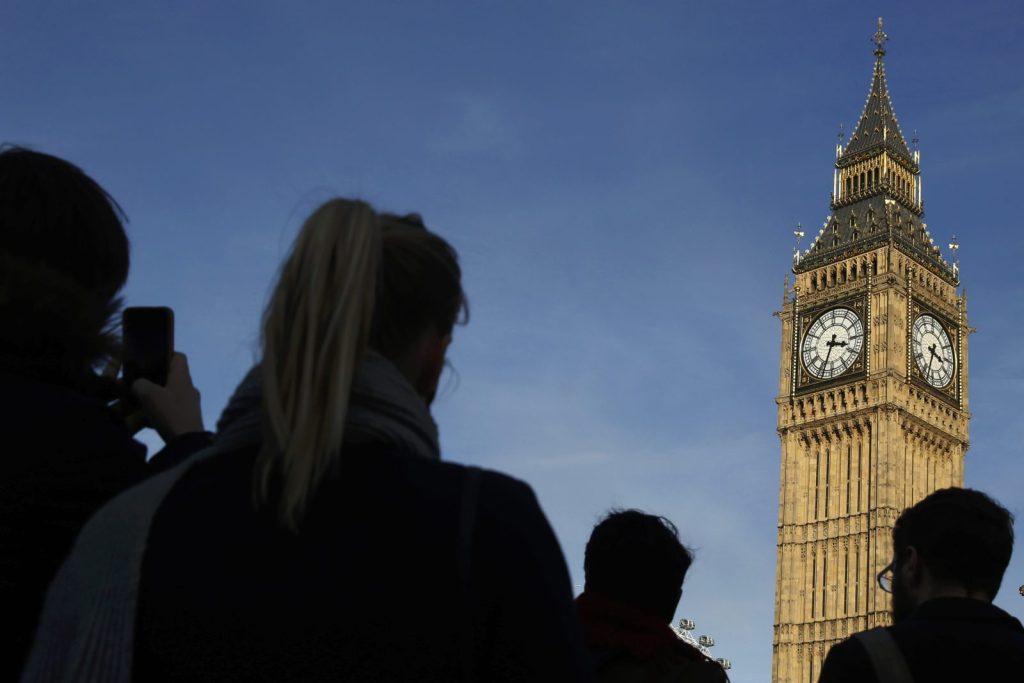With bookings until mid-September showing particular momentum in almost all of the major popular tourist destinations, Greece is very close to winning this year’s “bet”: To achieve, that is, the goal of 50% of tourism revenue compared to 2019 arrivals, which was an all time record year!
The tourism “boom” in July and August in combination with the double-digit GDP growth in the second quarter of the year after the end of quarantine create reasonable expectations that in 2021 the Greek economy will achieve a strong recovery rate, despite the shock caused by catastrophic fires and the enormous damage caused to the environment and the economy of Northern Evia.
The Greek economy is expected to follow the growth rate of the eurozone, which according to the latest estimates in the second quarter of the year, compared to the second quarter of 2020, GDP jumped 13.6%.
In the same quarter, GDP growth amounted to 2%, compared to the first quarter of 2021 as the economy was already showing signs of recovery (ELSTAT data will be announced in early September before the Thessaloniki International Fair.)
“Fully booked” islands and popular destinations
The tourist traffic on the islands and in the popular destinations is something more than expected. The occupancy of the hotel units from 22 to 31 August is estimated to be maintained at an average of 80%. Thus, Crete, Rhodes, Kos, Corfu, Cephalonia, Lefkada and Halkidiki, but also islands of the Cyclades and the Sporades, are preparing to enter September dynamically.
Tourist factors typically report that by August 22, most units are fully booked by foreign and Greek tourists, while by the end of the month the occupancy is stabilizing at around 80%. They also note that “in the last few days there is a dynamic in bookings from abroad”, which will last at least until the first fortnight of September.
August, according to hoteliers, was much better than initially expected, which helped tourism businesses “take a deep breath”, covering part of the financial losses caused by the pandemic since its emergence.
It is noted that based on the latest Eurocontrol data, Athens International Airport (AIA) is one of the ten airports that served on average the most arrivals and departures per day, between 5 and 15 August.
In particular, “Eleftherios Venizelos” has the second smallest drop of 15% in terms of the number of flights compared to the same period of 2019, when some of the most crucial air transport hubs in Europe, such as Frankfurt and Madrid airports , Paris and Amsterdam, recorded reductions ranging between 28% and 37%.
Unless there are serious surprises on the pandemic front, tourism officials estimate that at the end of the season Greek tourism will be able to achieve revenues of 8-9 billion euros (compared to 18.2 billion euros, which was revenue in 2019).
“The course of Greek tourism from June until now is evolving according to the most positive scenario. Our main concern now must be the continuation of the operation of the hotels in September and October. This can be done only by observing the measures against Covid-19 and the increase of vaccinations “, notes the president of the Association of Greek Tourist Enterprises (SETE), Giannis Retsos.
Greece “winner” in the recovery struggle
According to a study by the international organization OAG, despite the fact that the seats on the flights scheduled for August in Europe were reduced by 31% compared to the corresponding month of 2019, on the routes to Greece the traffic in August is recorded increased by 2 %, exceeding pre-coronavirus levels! It is noted that the planned seats on incoming international flights last week reached 841,000 – the highest number since the beginning of this tourist season.
At the same time, a big drop is observed in other popular European tourist destinations, such as Spain, as the corresponding seats on flights are reduced by 25%.
Meanwhile, according to Fraport Greece, which manages the country’s 14 largest airports (excluding Athens), in the seven months the total number of transported passengers amounted to 6,015,197, compared to 3,090,390 in the corresponding period of 2020 (increase of 94.6%). “Greece’s constant messages that the country remains open to tourism seem to be bearing fruit,” commented aviation officials.
According to a study by the National Bank, in June this year 1/3 of the air passengers of 2019 were recovered (compared to 3% in June 2020), while in July 2021 the 2/3 of the passengers of 2019 were recovered (compared to 29% in July 2020 ).
Domestic tourism
This year, the Greek tourism industry again relied mainly on the arrivals of tourists from abroad. A model that was developed with great success from the beginning of the last decade and was the “antidote” to the economic crisis of the country as a whole for the Greek economy.
However, last year, when the number of tourists from abroad decreased by 75%, the situation was saved in many areas by Greek tourists, whose travel decreased by only 21.9% compared to 2019.
According to the data of the Hellenic Statistical Authority, in 2020 Greeks of all ages who made at least one trip amounted to 3.8 million, while 5.8 million trips were made, recording a decrease of 17.7% and 21.9%, respectively, compared to the data of 2019. This year they will exceed the trips of 2019.
Skylakakis sees 4% GDP growth
Tourism is driving growth as estimates show that revenue this year could reach 60% in 2019, up from 45% forecast by the finance staff.
According to information, already in the Ministry of Finance, in the General Accounting Office of the State, they are rewriting the budget, raising this year’s target for GDP above 4%, from the initial estimate which was at 3.6%.




